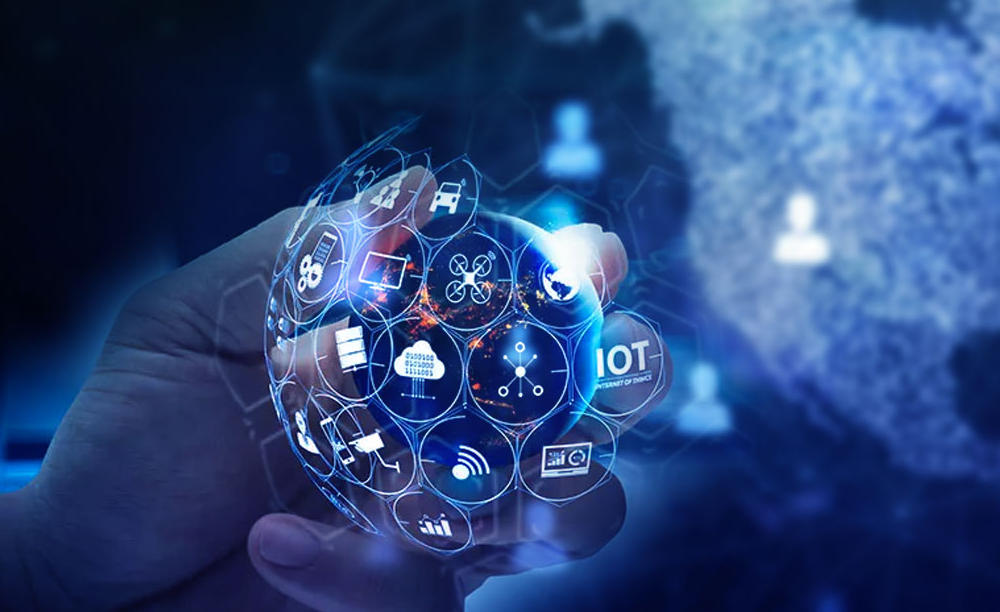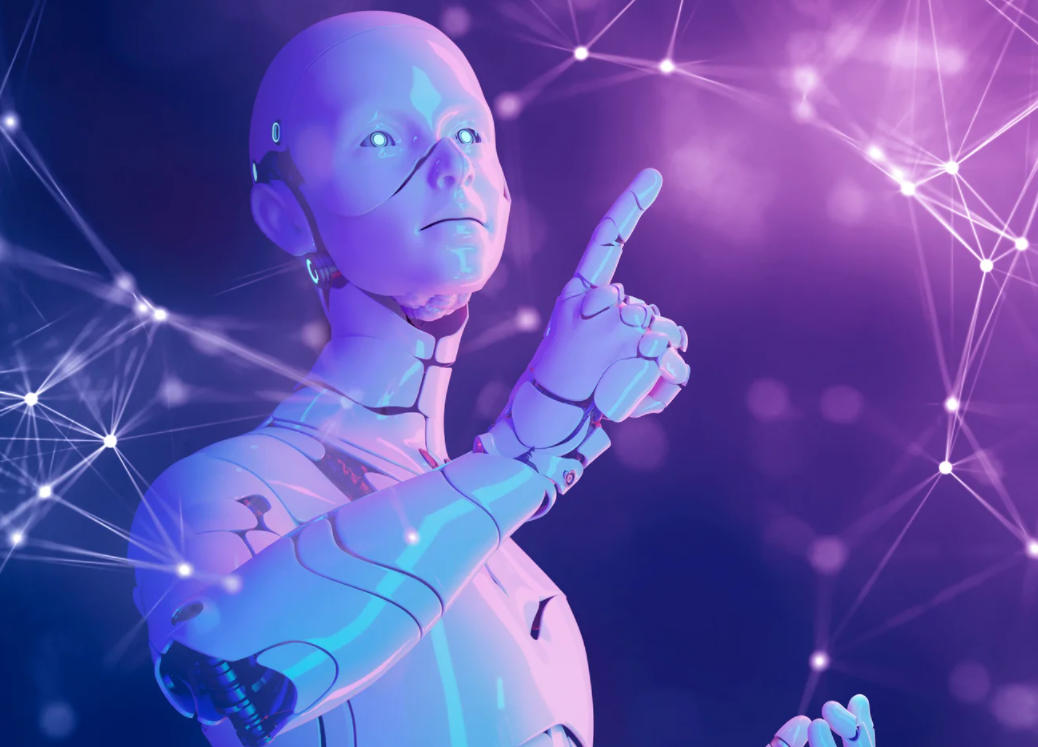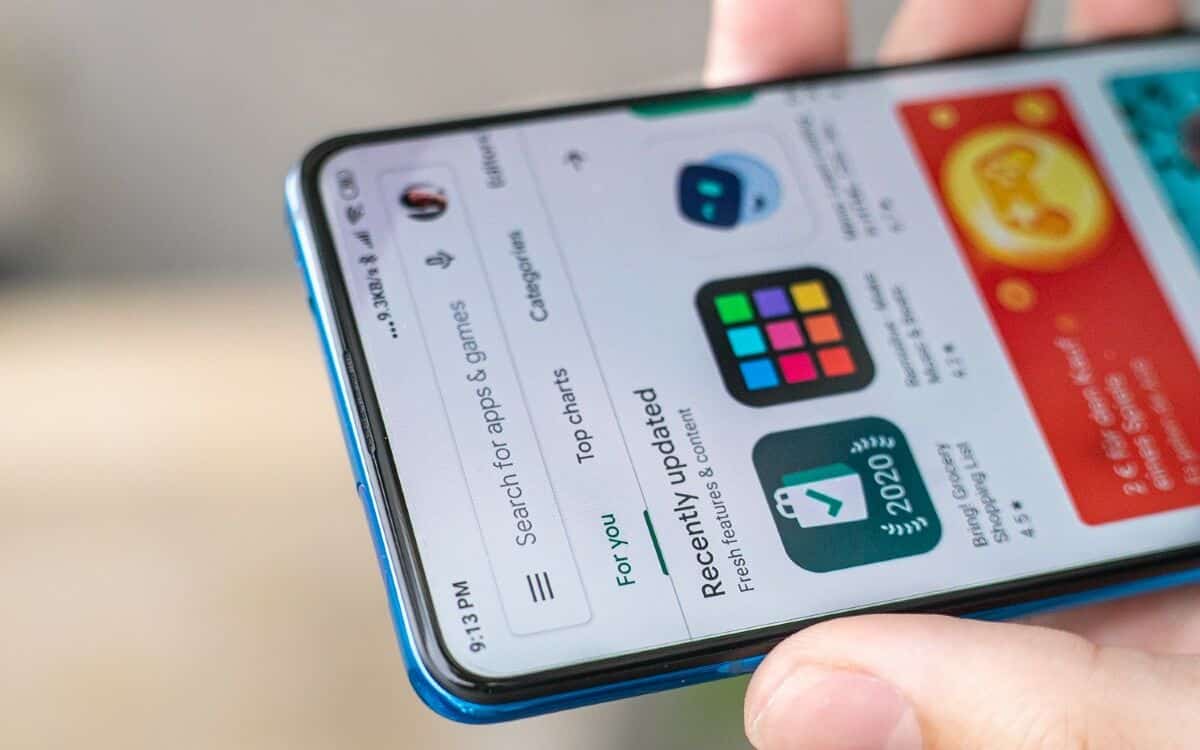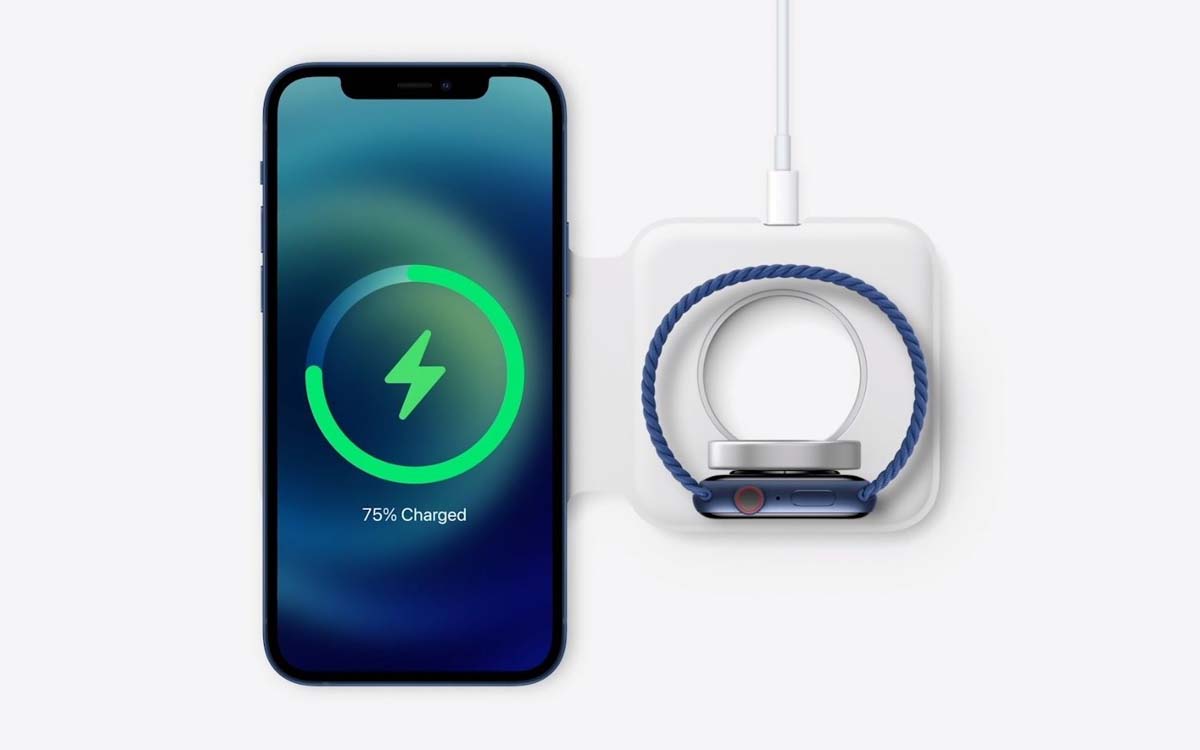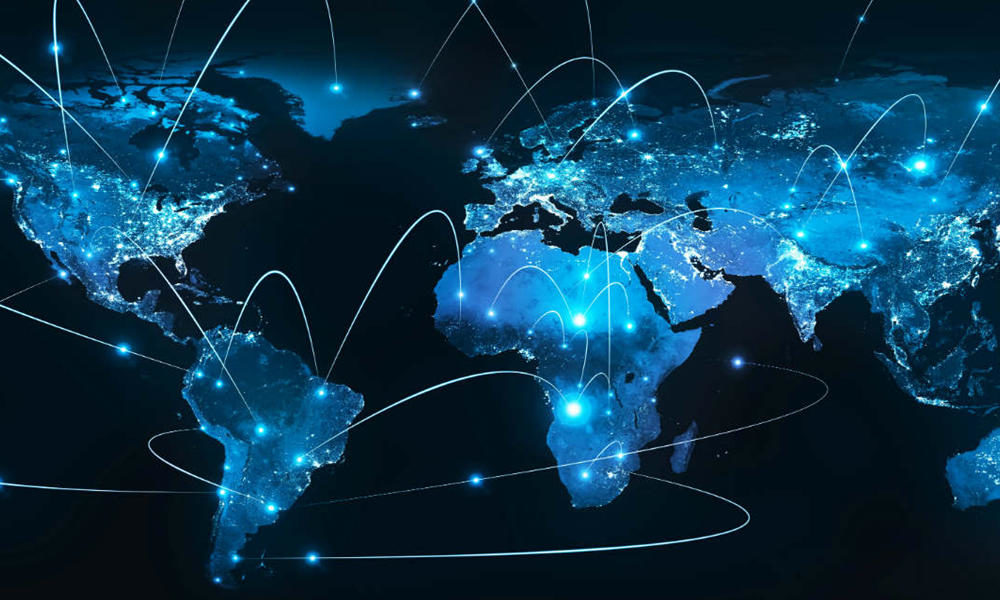
Web3 is a set of technologies that promises to offer the best version of the great global computer network World Wide Web, making important changes in the way we connect and communicate on the web by creating a Decentralized internet that is accessible to all, respecting their privacy and anonymity. Almost nothing…
If you are familiar with cryptocurrencies, NFTs or the metaverse, you should know that Web3 is linked to these technologies and others to come. As with other big changes, its massive application will not be easy. There are very powerful interests against them and the general public is either unaware of them or is still skeptical of their potential, but they can completely change our life and not just the virtual one. Lifehacker has published a good summary of the basics that we need to know and that we are going to comment on.
World Wide Web: beginnings, improvements and problems
The great Sir Tim Berners-Lee proposed a system for the distribution of hypertext or hypermedia documents interconnected and accessible via the Internet and that was the germ of the world-wide computer network that we know. Three decades later, the “father” of the Web is not satisfied with its current operation, has pointed out its shortcomings and problems, and has been working with other pioneers to develop Solid, an open source project that aims to “Restore the power of individuals on the web”. This is where Web3 goes.
The original version «Web 1.0It was pretty simple. Social media and monolithic search engines were non-existent, and the online publishing business was practically non-existent. Internet connections were available to very few and getting a good design, hosting and execution of a website was quite difficult.
The “Web 2.0»Completely changed the situation with the differential characteristic of the collaborative participation of the users. Not for nothing has it been called the “Social Web.” The improvement of online connections, in Internet access and also between users, facilitated its explosion and allowed a huge amount of content to reach large audiences. Much of that content was centralized on specific platforms, from Facebook to Google to YouTube, and hundreds more.
It all looked very nice, but the huge dependence on those big companies and their servers He has pointed out the problems of the current Web. If the big platforms go down, users cannot access the content or communicate with each other. In addition, the control of the content is in your hands, as well as the personal data collected massively and not always with due transparency. Not to mention fakes, disinformation, censorship, government cyber espionage or the interest in breaking with net neutrality.
Web3 aims to solve the problems inherent in both Web 1.0 and 2.0 by creating a decentralized Internet that is easily accessible to all, while respecting their privacy and anonymity, concepts to which the user increasingly gives greater importance and we only have to see the increase in the search for alternatives to the great Internet services.
How Web3 works
Much of the vision for Web3 is based on the blockchain technology. This blockchain is basically a decentralized network built on peer-to-peer connections. Each device on the network handles a small portion of the computing and communication that occurs on the network, creating an online network without the need for servers and therefore without the control of large platforms and / or governments.
We have already seen these types of connections peer-to-peer in action. Some more recent ones like the mesh applications that are used for instant messaging and that kept activists connected during the Hong Kong protests and anonymously. Others have been used for decades, such as bittorrent networks that do not need centralized servers since each user’s computers store chunks of data. If implemented on a global scale, theoretically could be removed by full the need to servers centralized. With what that would entail.
While the possibilities for peer-to-peer communication are exciting, the blockchain is so far best known for powering cryptocurrencies and NFTs, those unique tokens that are already being used in various arenas. Although they do not have the best publicity, they are important technologies of the Web3 and they have a whole world of possibilities of use for users and professionals beyond the best known, for example digital art.
Probably the most ambitious Web3 project is the “metaverse”. The general idea has been around in science fiction for decades, but it has leapt into the global ‘real’ world following Mark Zuckerberg’s announcement (renaming from Facebook to Meta included) as 3D virtual spaces where users would interact in real time in environments created with virtual / augmented reality. We’re going to hear a lot about it in the coming months because Microsoft and other big tech have plans to push it forward.
We will have to wait to see where all this progresses and if the initial objective of a Web that returns control to the user it does not end up becoming another more advanced and different way of doing business. We have a recent example in the same Blockchain technology, originally conceived as a way to create a decentralized ‘world computer’ that would connect everyone to a massive serverless network, but which has ended up turning primarily to handling cryptocurrency and NFT transactions.
Nor is it clear that those in charge today allow a Web3 with more freedom, anonymity and control of our lives online …
